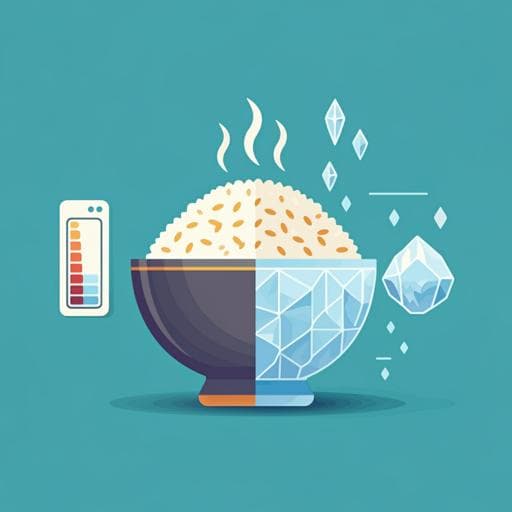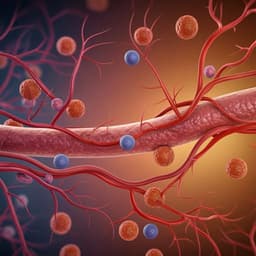
Medicine and Health
Influence of resistant starch resulting from the cooling of rice on postprandial glycemia in type 1 diabetes
S. Strozyk, A. Rogowicz-frontczak, et al.
This innovative study conducted by Sylwia Strozyk, Anita Rogowicz-Frontczak, Stanisław Piłaciński, Joanna LeThanh-Blicharz, Anna Koperska, and Dorota Zozulinska-Ziolkiewicz investigates the intriguing effects of cooling rice on glycemia levels in type 1 diabetes patients. Discover how the cooling process can lead to significant reductions in postprandial glucose levels, while also presenting a surprising increase in hypoglycemic risks!
~3 min • Beginner • English
Related Publications
Explore these studies to deepen your understanding of the subject.







